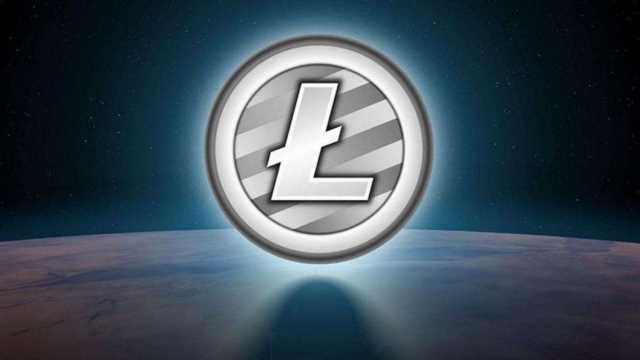For every transaction initiated on a blockchain network, the algorithm behind the blockchain creates an immutable block and distributes it across the network. The participating nodes on the network will then determine the validity of the transactions based on the specific rules set in the network’s protocol. Protocols are crucial components of Blockchain technologies that enable information to be shared automatically across cryptocurrency networks securely and reliably. In the field of computing, protocols are essentially rules that define how data is allowed to be transferred between different computer systems.
- The faster information is received and the more accurate it is, the better.
- All transactions on the Bitcoin blockchain are recorded on computers across the network.
- Using blockchain allows brands to track a food product’s route from its origin, through each stop it makes, to delivery.
- With a distributed ledger that is shared among members of a network, time-wasting record reconciliations are eliminated.
- Most blockchains wouldn’t “store” these items; they would likely be sent through a hashing algorithm and represented on the blockchain by a token.
- This means that the information stored on the ledger is decentralized and can’t be controlled by any single entity.
Blockchain Architecture
Each hash is a representation of the previous document, which creates a chain of encoded documents that cannot be altered without changing the hash. This network of programs compares each document with the ones they have stored and accepts them as valid based on the hashes they generate. If a document doesn’t generate a hash that is a match, that document is rejected by the network. While confidentiality on the blockchain network protects users from hacks and preserves privacy, it also allows for illegal trading and activity on the blockchain network.

Types of blockchain networks:

Under ordinary circumstances, Ethereum’s license makes it difficult to build proprietary variants of the software, but the enterprise version gives businesses an option for getting around this issue. The Bitcoin blockchain can process about seven new transactions a second. By comparison, credit card giant Visa says it can process 24,000 transactions per second. Other forms of blockchain-based cryptocurrency are working on this problem, including Ethereum, which recently completed the Ethereum merge.
- For instance, the every-node-verification feature of the blockchain rendered it slow thus leading to scalability issues.
- The miner with the most coins at stake has a greater chance to be chosen to validate a transaction and receive a reward.
- This process is not just costly and time-consuming, it is also prone to human error, where each inaccuracy makes tracking property ownership less efficient.
- Every blockchain network operates based on its own distinctive set of rules.
- Because of the longest chain rule (which regards the longest chain to be the most legitimate chain to mine on), the other participants will consider this to be the correct chain.
- Moving coins between wallets require technical knowledge and create security risks for users who are not experts in Blockchain protocols.
Advertise with MIT Technology Review
There are currently blockchain projects that claim tens of thousands of TPS. Ethereum is rolling out a series of upgrades that include data sampling, binary large objects (BLOBs), and rollups. These improvements are expected to increase network participation, reduce congestion, decrease fees, and increase transaction speeds. Alternatively, there What is a Blockchain Protocol might come a point where publicly traded companies are required to provide investors with financial transparency through a regulator-approved blockchain reporting system. Using blockchains in business accounting and financial reporting would prevent companies from altering their financials to appear more profitable than they really are.
What Is a Blockchain for Beginners?
- Blockchain is the buzzword that seems to dominate any conversation about the future of technology, from the power of cryptocurrencies to new forms of cybersecurity.
- This means each transaction is verified by participating nodes without the need for a third party.
- While the hackers may have been anonymous—except for their wallet address—the crypto they extracted is easily traceable because the wallet addresses are published on the blockchain.
- Additionally, Satoshi Nakamoto developed the principle of distributed Blockchains in 2008.
- Generating these hashes until a specific value is found is the “proof-of-work” you hear so much about—it “proves” the miner did the work.
- In its simplest form, a blockchain is a distributed list of transactions that is constantly updated and reviewed.
Disadvantages of blockchain

